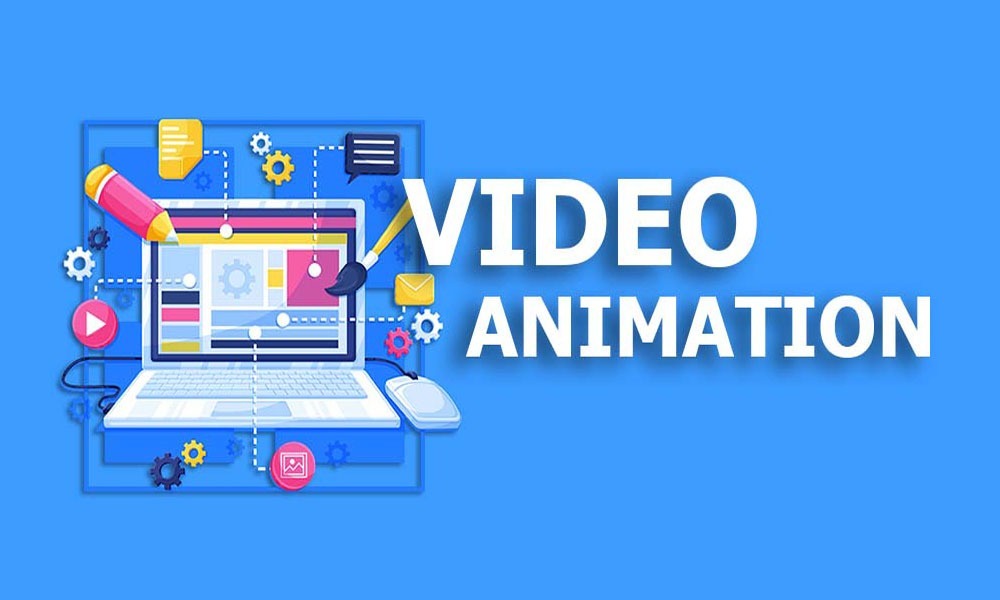Video Animation
Video animation has become an increasingly popular medium for storytelling, marketing, and entertainment purposes. It refers to the process of creating moving visuals through a sequence of static images or frames. This dynamic form of visual communication has revolutionized various industries, including advertising, film, education, and online content creation. Let us explore the world of video animation, its different types, and its impact on society.
Types of Video Animation
Video animation encompasses
Video animation encompasses a wide range of techniques and styles. Traditional hand-drawn animation involves drawing each frame by hand and then photographing them to create the illusion of movement. This technique has been used in classic animated films such as Disney’s “Snow White and the Seven Dwarfs” and “The Lion King.”
With advancements in technology, computer-generated imagery (CGI) has become a dominant force in video animation. CGI animation involves creating and manipulating digital 3D models to generate lifelike characters and environments. This technique is widely used in contemporary animated movies like Pixar’s “Toy Story” series and DreamWorks’ “Shrek” franchise.
Motion graphics
Another popular form of video animation is motion graphics. It involves combining graphic elements, typography, and audio to create visually appealing and informative videos. Motion graphics are commonly used in advertising, explainer videos, and title sequences for films and television shows.
Animated educational videos
Video animation is not limited to just entertainment. It has found extensive use in education, where animated videos are used to explain complex concepts in a simplified manner. Animated educational videos make learning more engaging and accessible for students of all ages. Additionally, medical professionals use animation to visualize and explain complex medical procedures and conditions.
Advertising industry
In the advertising industry, video animation has proven to be highly effective in capturing the audience’s attention and conveying messages. Animated advertisements can be fun, creative, and memorable, making them more likely to be shared on social media platforms. Brands often utilize Video Animation to tell their stories, showcase their products, and build brand awareness.
Advantages of video animation
One of the significant advantages of video animation is its versatility. It allows creators to bring any concept or idea to life, regardless of its feasibility in the real world. Whether it’s showing a dinosaur roaming the city or illustrating abstract concepts, animation provides unlimited creative freedom.
Global reach
Moreover, video animation has a global reach due to its accessibility through various online platforms. Websites, social media channels, and video-sharing platforms like YouTube have become popular platforms for distributing Video Animation. This accessibility has empowered independent animators and filmmakers to showcase their work to a wide audience without the need for traditional distribution channels.
Society is undeniable
The impact of video animation on society is undeniable. It has transformed the way we consume media, learn, and interact with brands. With its ability to evoke emotions, simplify complex ideas, and entertain audiences, video animation has become an essential tool for effective communication in a visually-driven world.
Conclusion
In conclusion, video animation is a captivating art form that combines creativity, technology, and storytelling. From traditional hand-drawn animation to CGI and motion graphics, it encompasses various techniques and styles. Video animation has made significant contributions to entertainment, education, advertising, and other industries. Its versatility, accessibility, and impact on society make it an indispensable medium in today’s digital age.

